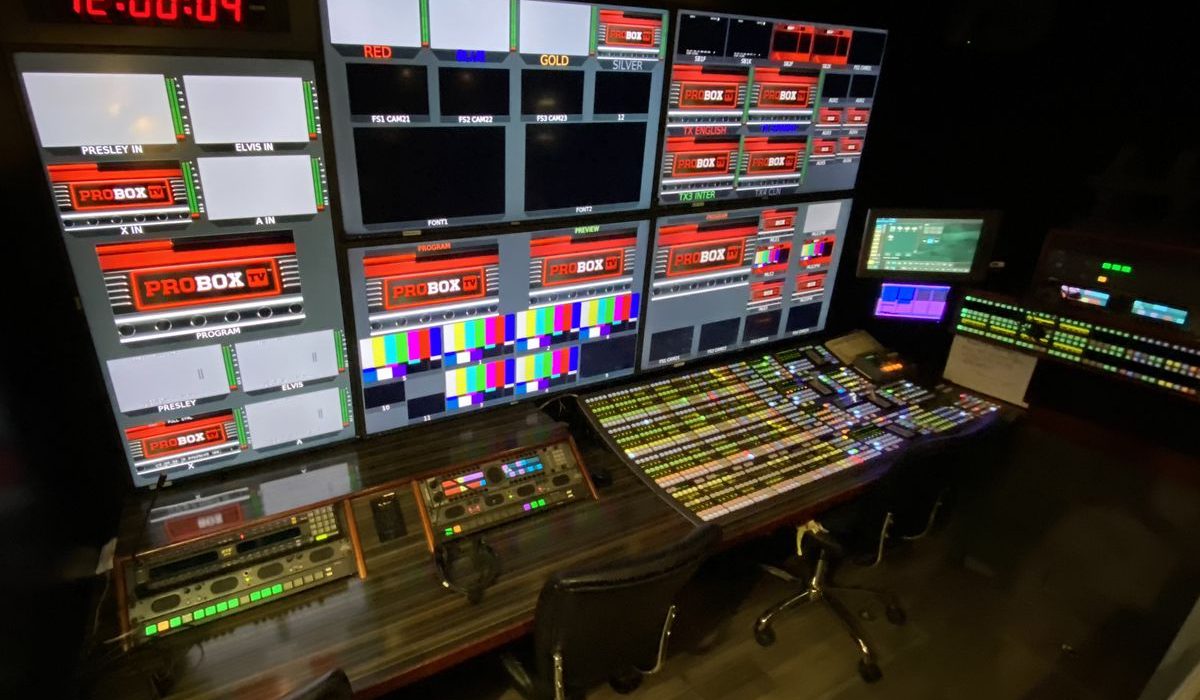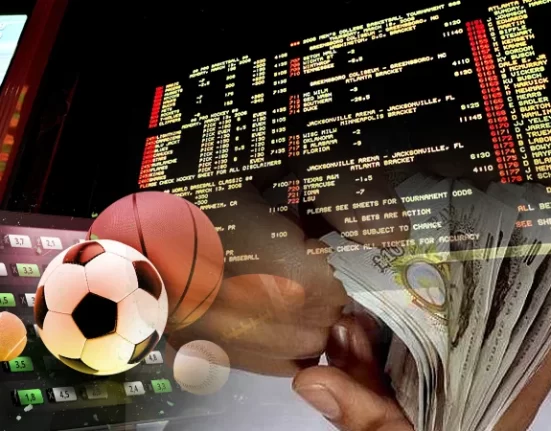National Hockey League (NHL), with its fast-paced games, talented athletes, and passionate fans, has won the hearts of millions of hockey fans around the world. The thrill of a live NHL game is unmatched, but most fans prefer to watch the action unfold via NHL broadcasts. The NHL broadcasting landscape has changed dramatically over the years. From its humble radio roots to the multi-platform, high-definition spectacles that we enjoy today, it’s been a dramatic evolution.
Radio Roars into Life: The Early Years
Radio broadcasts of NHL games began in the 1950s when enthusiastic announcers created vivid images of the action on the ice for North American listeners. Words were used to convey the excitement of the crowds, the sound of the skates cutting the ice, and the electrifying goal. The radios were a common experience for families to share to support their favorite teams NHL중계
.
TV Takes Center Stage
In the middle of the 20th century, television broadcasting was revolutionized. The added visual element amplified the drama of the game on the ice. The first broadcasters were household names and programs such as “Hockey Night in Canada”, became iconic, and solidified the marriage of hockey and television.
The viewing experience has evolved as technology has. The vibrant colors of the team jerseys and the spectacular spectacle of the rink were brought to the living rooms of people around the globe by color broadcasts. Instant replays allowed fans to relive jaw-dropping hits and breathtaking goals. This forever changed the way that audiences engage with sports.
Expanding Cable and Satellite Options
The growth of cable television and satellite TV further changed NHL broadcasts. The proliferation of sports channels, which provide in-depth analysis, pre-game coverage, and post-game discussion, allowed fans to access a wide range of information. Fans were able to expand their horizons by watching games in different regions. They could follow their local team and their favorite players throughout the league.
Interactive Technologies: A New Era
With the advent of interactive technologies, a new era in NHL broadcasting began. Fans can now watch games on their smartphones, tablets, and smart TVs thanks to streaming services and digital platforms. This flexibility enabled viewers to follow their team on the move, breaking geographical barriers and creating a global hockey community.
Social media has changed the game, allowing fans to have real-time discussions, share highlights, and connect with other enthusiasts. The teams embraced social media, offering behind-the-scenes access, player interviews, and exclusive content to enhance the fan experience.
Virtual Reality (VR), and Augmented Reality, (AR), entered the scene. They offered immersive ways for fans of the game to interact with it. Virtual arenas let users experience a live game in the comfort of their own homes. AR features added interactive overlays and stats to broadcasts.
NHL Broadcasting: The Present and Future
NHL broadcasts today are multi-faceted experiences that combine traditional television, streaming, social media, and cutting-edge technologies. Fans can select how they wish to consume content – whether it is through cable subscriptions or online streaming.
The conclusion of the article is:
The evolution of NHL broadcasting is a testament to the media and technology landscape. The NHL has adopted and embraced innovation to bring excitement to fans all over the world. From the crackling broadcasts of old to the high-definition multi-platform experiences today, they have adapted to meet the needs of their audience. One thing is certain as we look forward to the future – the excitement of NHL broadcasts continues to capture audiences and create lasting memories for generations to come.









